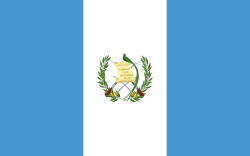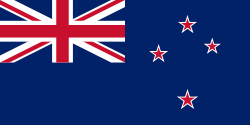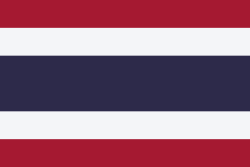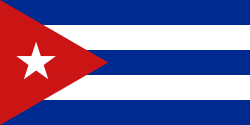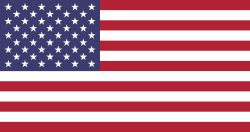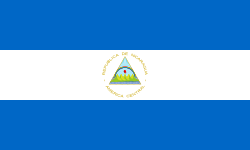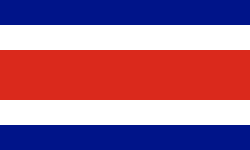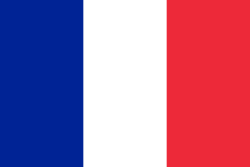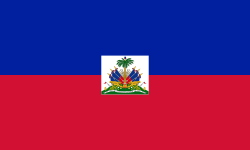1947-UN-Partition-Plan-1949-Armistice-Comparison
- Blue = area assigned to a Jewish state in the original UN partition plan, and within the 1949 Israel armistice lines.
- Green = area assigned to an Arab state in the original UN partition plan, and controlled by Egypt or Jordan from 1949-1967.
- Light red = area assigned to an Arab state in the original UN partition plan, but within the 1949 Israel armistice lines.
- Magenta = area assigned to the "Corpus Separatum" of Jerusalem/Bethlehem (neither Jewish nor Arab) by the plan, but controlled by Jordan from 1949-1967.
- Greyish = area assigned to the "Corpus Separatum" of Jerusalem/Bethlehem (neither Jewish nor Arab) by the plan, but within the 1949 Israel armistice lines.
Some limitations of the map:
- The small demilitarized zones are not shown. Arabs interpreted these areas as neutral intermediate buffers (like the Neutral Zones between Iraq and Saudi Arabia, or between Kuwait and Saudi Arabia), while Israel interpreted them as full sovereign Israeli national territory under a demilitarization treaty obligation. The conflict between these two interpretations produced frictions which effectively eliminated the special status of most of the zones within a few years.
- A small area at the northeastern corner of the green area on the map -- which would have belonged to the Jewish state according to the original UN partition plan, but which was controlled by Jordan from 1949-1967 -- is not distinguished on the map.
- The Latrun Salient no-man's-land is not shown separately, and the line between green and light red in that area is somewhat fudged. The boundary complications in the Jerusalem area (the Jerusalem no-man's-land, Mount Scopus theoretical enclave, etc.) are too small to show up on a map of this level of detail.
- The map cannot show that the pre-1948 boundaries of the British Palestine Mandate included a ten-meter-wide strip along the northeastern shore of the Sea of Galilee (making it a fully-enclosed British mandate lake), a strip which was overrun by Syria in the fighting of 1948-1949.
Relevante Bilder
Relevante Artikel
UN-Teilungsplan für PalästinaDer UN-Teilungsplan für Palästina wurde am 29. November 1947 von der UN-Generalversammlung als Resolution 181 (II) angenommen. Die Resolution sollte den Konflikt zwischen arabischen und jüdischen Bewohnern des britischen Mandatsgebiets Palästina lösen. Die Resolution beinhaltete die Beendigung des britischen Mandats und sah vor, Palästina in einen Staat für Juden und einen für Araber aufzuteilen, wobei Jerusalem als Corpus separatum unter internationale Kontrolle gestellt werden sollte. Die beiden neuen Staaten sollte eine Wirtschaftsunion verbinden und sie sollten demokratische Verfassungen erhalten. Mehrere Faktoren verhinderten, dass dieser Teilungsplan zu einer friedlichen und demokratischen Lösung für Palästina führen konnte. Dazu gehören einerseits die Interessen der Großmächte, andererseits die Weigerung der arabischen Staaten, eine Teilung Palästinas zu akzeptieren, weil sie diese als illegal ansahen und stattdessen eine Unabhängigkeit forderten. .. weiterlesen




